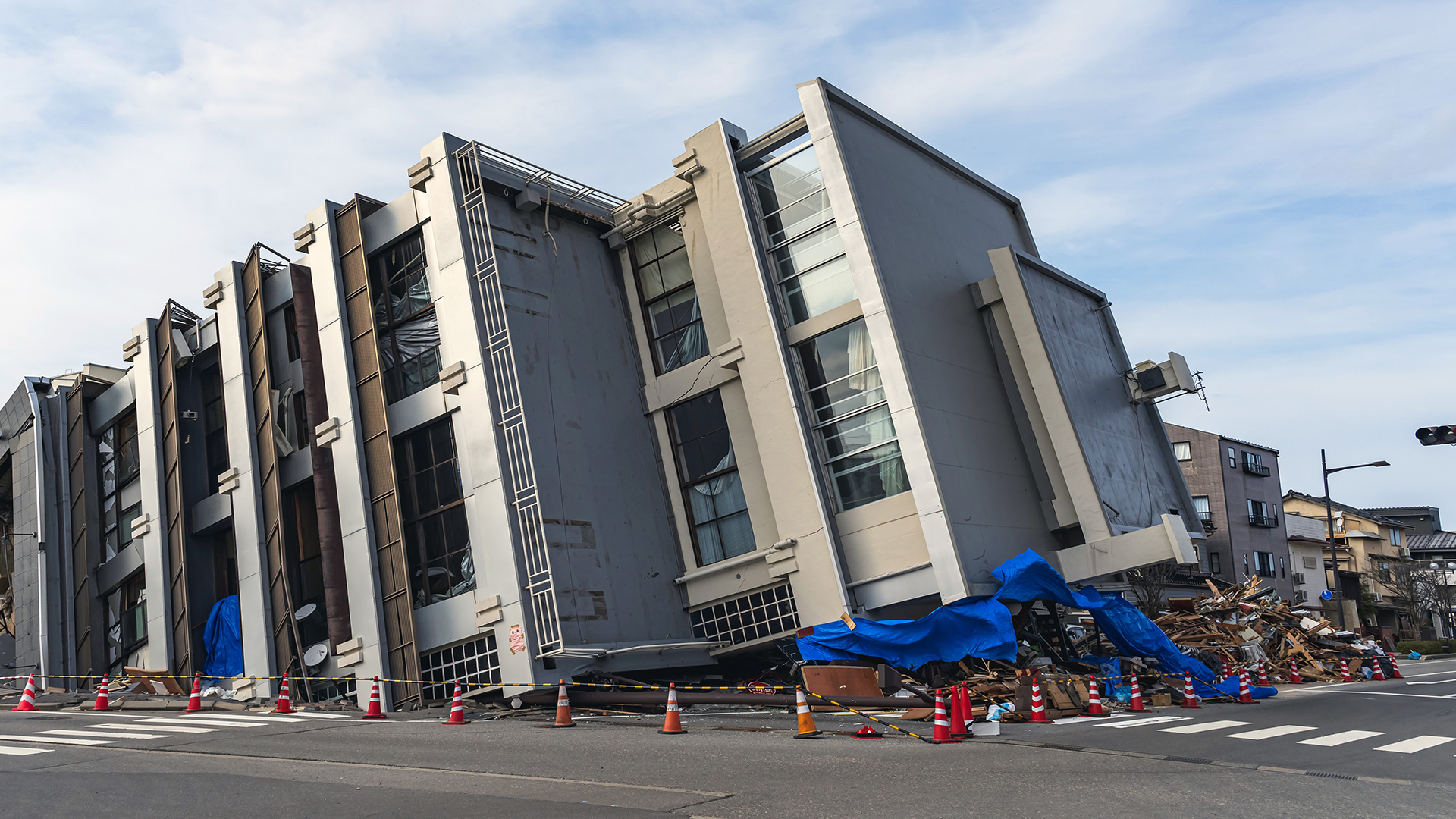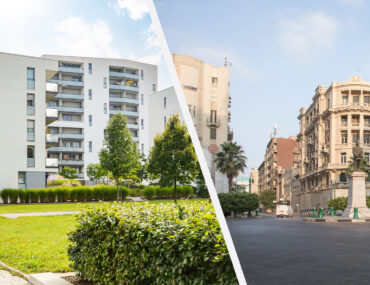Building collapse is a serious concern in the construction industry, particularly in regions like Egypt, where infrastructure projects are booming. Preventing such disasters requires meticulous planning, strict adherence to safety standards, and ongoing oversight. Whether it’s a residential project or a commercial complex, ensuring the structural integrity of buildings during infrastructure development is non-negotiable.
In this blog, we’ll discuss practical steps and considerations to avoid building collapse, focusing on methods relevant to Egypt’s unique environment and construction challenges.
Understanding the Risks of Building Collapse
Before delving into solutions, it’s essential to understand why buildings collapse. Common causes include:
- Poor Design: Inadequate structural design or failure to account for environmental conditions can compromise stability.
- Substandard Materials: Using low-quality materials weakens the structure over time.
- Overloading: Exceeding the building’s intended load capacity leads to stress and eventual failure.
- Neglecting Maintenance: Infrastructure requires regular upkeep to ensure durability.
- Human Error: Mistakes during construction, such as improper concrete curing, can lead to long-term issues.
Key Steps to Avoid Building Collapse During Infrastructure Development
1. Thorough Site Analysis
The foundation is the backbone of any structure. A detailed site analysis ensures the land can support the proposed building.
- Geotechnical Surveys: Conduct soil tests to determine its load-bearing capacity and identify potential risks like waterlogging or erosion.
- Seismic Considerations: In areas prone to earthquakes, incorporate seismic-resistant designs.
2. Engage Qualified Professionals
Hiring skilled architects, engineers, and contractors is crucial for a safe construction process.
- Certified Experts: Ensure the design and construction teams are licensed and experienced.
- Third-Party Audits: Regularly consult independent experts to verify compliance with standards.
3. Adhere to Building Codes and Standards
Compliance with local building codes is non-negotiable. In Egypt, ensure all designs meet the standards set by the relevant authorities.
- Load Specifications: Confirm that the building can handle its intended weight, including potential future expansions.
- Safety Protocols: Follow guidelines for fire safety, electrical systems, and emergency exits.
4. Use High-Quality Materials
The durability of a structure depends significantly on the quality of materials used.
- Concrete and Steel: Invest in high-grade concrete and reinforced steel to enhance strength.
- Regular Testing: Conduct quality checks on materials before and during construction.
5. Monitor Construction Processes
Supervision during construction ensures all steps are executed correctly.
- Foundation Work: Pay extra attention to excavation and foundation laying, as these are critical to stability.
- Curing Time: Allow concrete sufficient time to cure for optimal strength.
- Inspections: Schedule regular site inspections to catch and rectify issues early.
6. Account for Environmental Factors
Egypt’s climate and environmental conditions can impact building longevity.
- Waterproofing: Protect against water damage, especially in areas prone to flooding or heavy rains.
- Thermal Resistance: Use materials that can withstand Egypt’s high temperatures.
7. Prevent Overloading
Avoid exceeding the building’s designed load capacity to ensure long-term safety.
- Structural Calculations: Include allowances for furniture, occupants, and other dynamic loads.
- Regular Monitoring: Inspect buildings periodically to check for signs of stress or overloading.
The Role of Technology in Preventing Building Collapse
Modern technology plays a significant role in improving safety during infrastructure development.
- 3D Modeling: Tools like BIM (Building Information Modeling) help identify potential issues in the design phase.
- Sensors: Structural health monitoring systems can detect weaknesses or shifts in the building.
- Drones: Use drones for quick and efficient site inspections, particularly in hard-to-reach areas.
Case Studies: Lessons Learned
Example 1: The Rana Plaza Collapse
The tragic collapse of the Rana Plaza building in Bangladesh in 2013 highlighted the dangers of ignoring structural flaws and overloading. Regular audits and compliance with codes could have prevented this disaster.
Example 2: Infrastructure Failures in Egypt
Recent cases in Egypt have shown the importance of proper maintenance and adherence to regulations. For instance, deteriorating bridges underscore the need for timely repairs and quality control during construction.
Why Bayut is Relevant in Infrastructure Safety
As Egypt continues to grow, platforms like Bayut are essential in guiding homeowners, developers, and investors toward safe and high-quality properties. Whether you’re buying a home or exploring commercial spaces, Bayut offers:
- Verified Listings: Access properties built by trusted developers who prioritize safety.
- Comprehensive Details: Find accurate information on property materials, location, and design.
- Advanced Search Filters: Easily navigate through properties that meet your safety and budget needs.
Visit Bayut to explore a wide range of secure, well-constructed properties in Egypt.
Final Thoughts: Prioritize Safety to Build a Better Future
Avoiding building collapse while doing infrastructure isn’t just about following rules—it’s about protecting lives, investments, and the integrity of Egypt’s real estate landscape. By focusing on thorough planning, high-quality materials, and ongoing maintenance, we can ensure that our buildings stand strong for generations to come.If you’re considering investing in properties or infrastructure, start your search on Bayut Egypt, a reliable platform that connects you with top-tier developers and properties designed with safety in mind.



